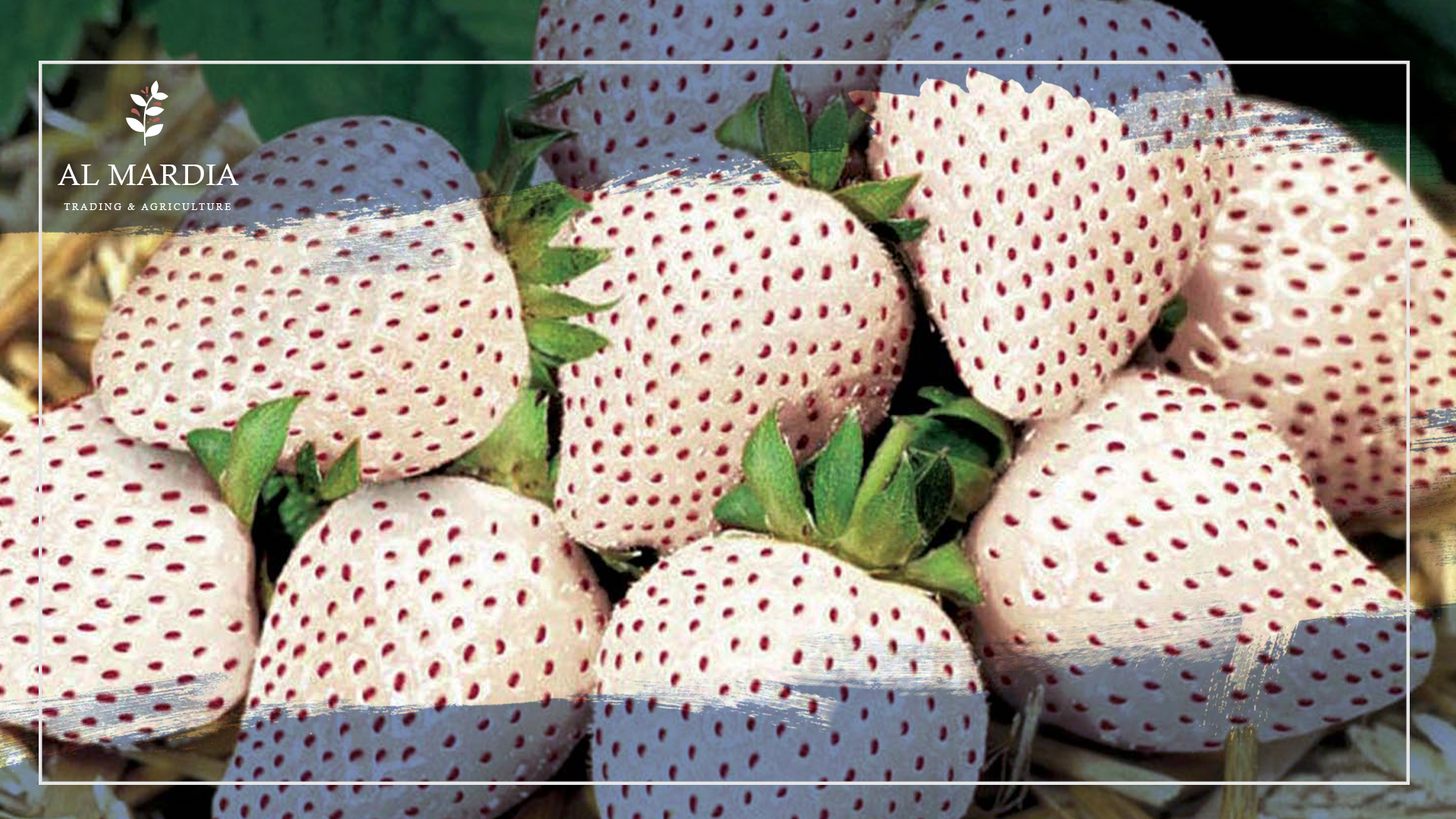

Growing Pineberry Plants
Pineberry plants are a unique type of berry that offer an amazing flavor experience. These berries look like white strawberries with red seeds but have an aroma and flavor reminiscent of pineapple. Native to Chile, they are becoming increasingly popular due to their delicious taste and ability to be grown in many climates.
The pineberry plant has created a buzz in the gardening world due to its unique appearance and scarcity. Initially, the plant was incredibly difficult to obtain because it could not be grown from seeds but only from runners. However, thanks to reliable sources, it is now much easier for gardeners and horticulturalists alike to get their hands on this sought-after plant.
If you’re interested in growing your own strawberry garden, we can help you learn more about pineberries. This article contains several instructions on how to grow pineberries.
What is a Pineberry Plant and How Can You Grow it?
The term ‘pineberry’ is a combination of ‘pineapple’ and ‘strawberry’, referring to a relatively new cultivar of strawberries with lighter shades of pink or orange to white. These strawberries have red achenes which give them an attractive look.
These sweet-tart berries are a cross between the wild South American Fragaria chiloensis, which can be found in some parts of Chile, and the North American Fragaria virginiana
Many are under the impression that the pineberry was generated through genetic manipulation. However, it came into existence through natural cross-pollination
How to Take Care of a Pineberry Plant?
- Those with experience in tending to red strawberries will have no problem taking care of pineberries as they have the same requirements for care maintenance.
- The pineberry is a low-lying ground cover that shares similar features with the typical garden strawberry. Not only does it possess the same runners which aid in vegetative growth, but even its delicate white flowers that bloom in the spring resemble those of a strawberry bush.
- The pineapple berry is a rather small-sized fruit that has white flesh and red seeds when it is ready to be harvested.
Light:
To ensure the optimal growth of Pineberries, you should plant them in a spot that gets at least six hours of sunlight daily. As they are perennial plants, it is essential to select the right location as they will remain there for a long period.
Soil:
Pineberries require soil that is nutrient-rich and has been enriched with compost or manure. Additionally, they have shallow roots like strawberries and favor soil that is slightly acidic.
For optimal growth, the soil pH should be between 5.5 and 6.5. Furthermore, it is important to make sure that the soil has an adequate drainage facility. It’s always possible to enrich your soil with organic products such as Growthmax to increase soil fertility and aeration in the root zone
Water:
It is imperative to keep the soil moist but not overly watered for the successful growth of your pineberry plants. Drip irrigation systems are recommended, however, not required. Additionally, it is important that the soil has proper drainage to prevent it from becoming waterlogged. During the late autumn season, it is advisable to reduce watering your plants so that they can prepare themselves for the winter season.
Temperature and weather conditions:
Pineberry plants thrive in moderate temperatures of an average of 20°C with low humidity levels. High summer temperatures, excess moisture, and strong drying winds can have a detrimental effect on the plants.
Fertilizer:
Pineberries, which are perennial plants, must be provided with high-phosphorus and potassium fertilizer every two to four weeks. When executing this process, it is important to be mindful of the temperature and not apply the fertilizer when it is too hot outside as this can further damage the already fragile plants.
It is important to use fertilizers that are not overly rich in nitrogen. It can result in larger but weaker plants. You can try organic ones such as Multi-Bio. As the temperature goes down, it is recommended to decrease the amount of fertilizer so that the plants can become hardier before winter comes.
Mulching
After planting your pineberry plants, it is advised to mulch the bed with straw. This will keep weeds at bay, regulate the soil temperature and prevent dirt from covering the pineberries. Once the threat of frost has diminished in early spring, it is best to remove the mulch.
Tips to Plant your Pineberries:
- Planting pineberry plants in the garden is fairly simple. To start, dig a hole that is the same depth as the roots and twice as wide. Create a mound of soil at the bottom of this hole, ensuring that its top is even with the soil around it.
- It is essential to spread the roots of the plant carefully down the sides of the mound. Loosening up of soil around it will ensure that its runners are able to root properly.
- Fill the hole with soil, gently packing it to avoid air pockets. Refrain from compressing the soil just yet and water it directly after to settle the soil in its place.
- Adding a layer of mulch such as straw, leaves, pine needles, or compost around your pineberry plants can be beneficial. Mulch will help maintain a lower soil temperature in the vicinity of the roots, which is conducive to bearing more fruits.
In conclusion, growing organic pineberries at home is a great way to get fresh, healthy fruit without relying on store-bought produce. With the right tips and tricks, you can learn how to successfully grow these delicious berries in your own backyard. Get guidance on the steps you need to take to achieve successful organic farming and provide tips for maintaining your crop over time.
Related topic
Get an Organic Green Lawn
Common Questions:
-
Where do pineberries grow best?
For optimal growth, pineberries should be planted in an area with nutrient-rich soil, good drainage, and a minimum of 6 hours of direct sunlight daily. As these plants are perennials that can last for a long time, it is important to select the best possible growing site. Furthermore, they can make a great addition to any permaculture garden.
-
What climate do pineberries grow in?
Pineberries thrive best in temperatures ranging from 10-15°C and need to be protected from frost. Pineberries prefer moist soil and full sun, though they can tolerate partial shade. They require plenty of water and fertilizer to produce the sweetest fruit.
-
Are pineberries healthier than strawberries?
Pineberries have been created through the cross-breeding of two types of strawberries and are healthier than their traditional red counterpart. Not only are they rich in antioxidants, but they also offer other health benefits too. Essentially, they are white strawberries.





